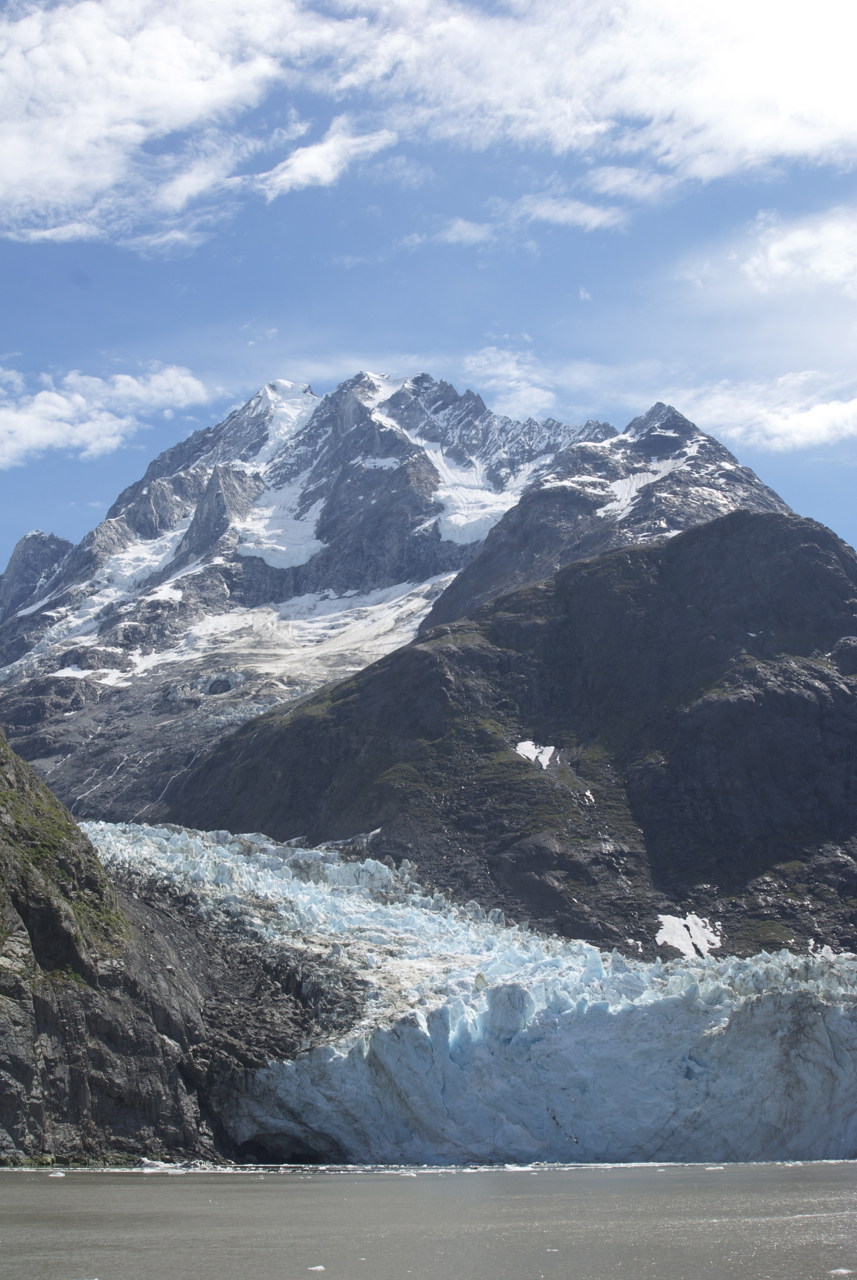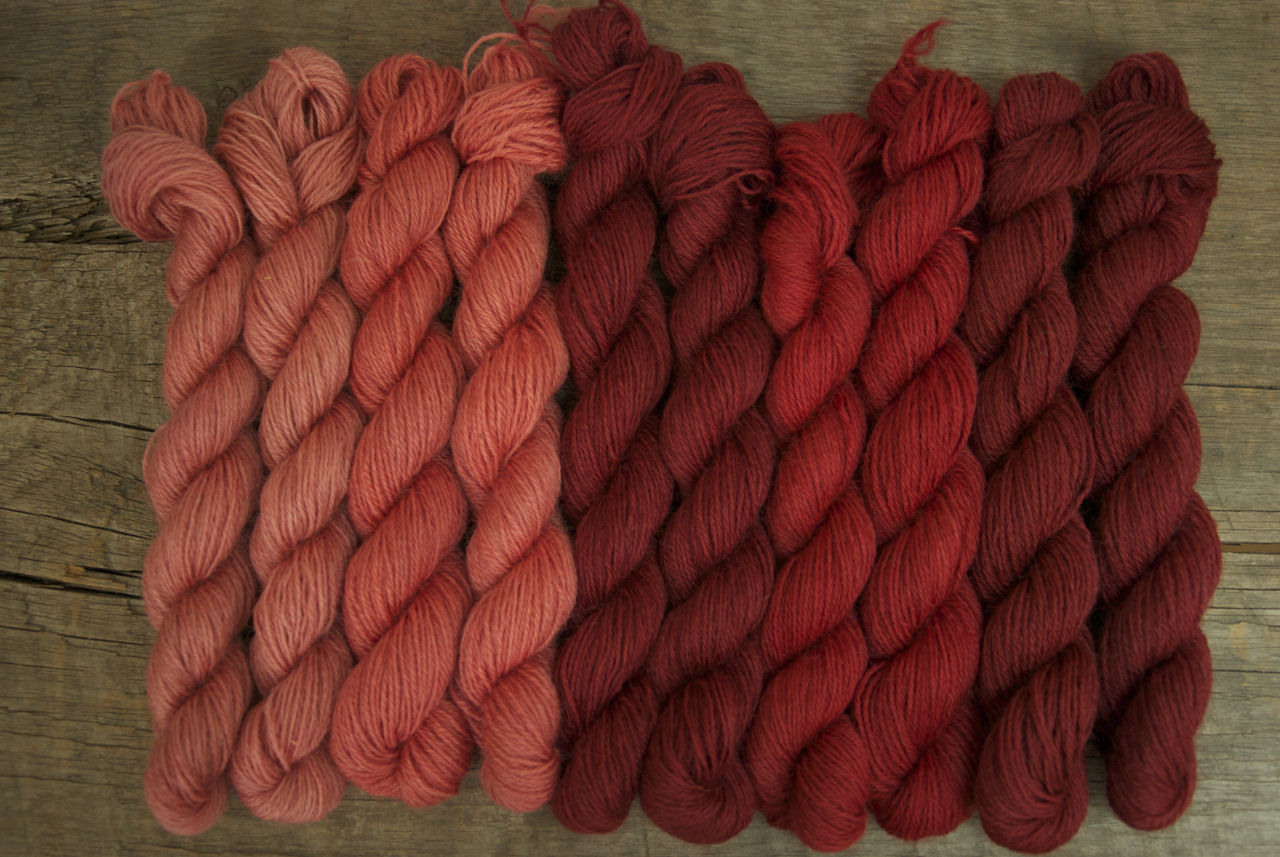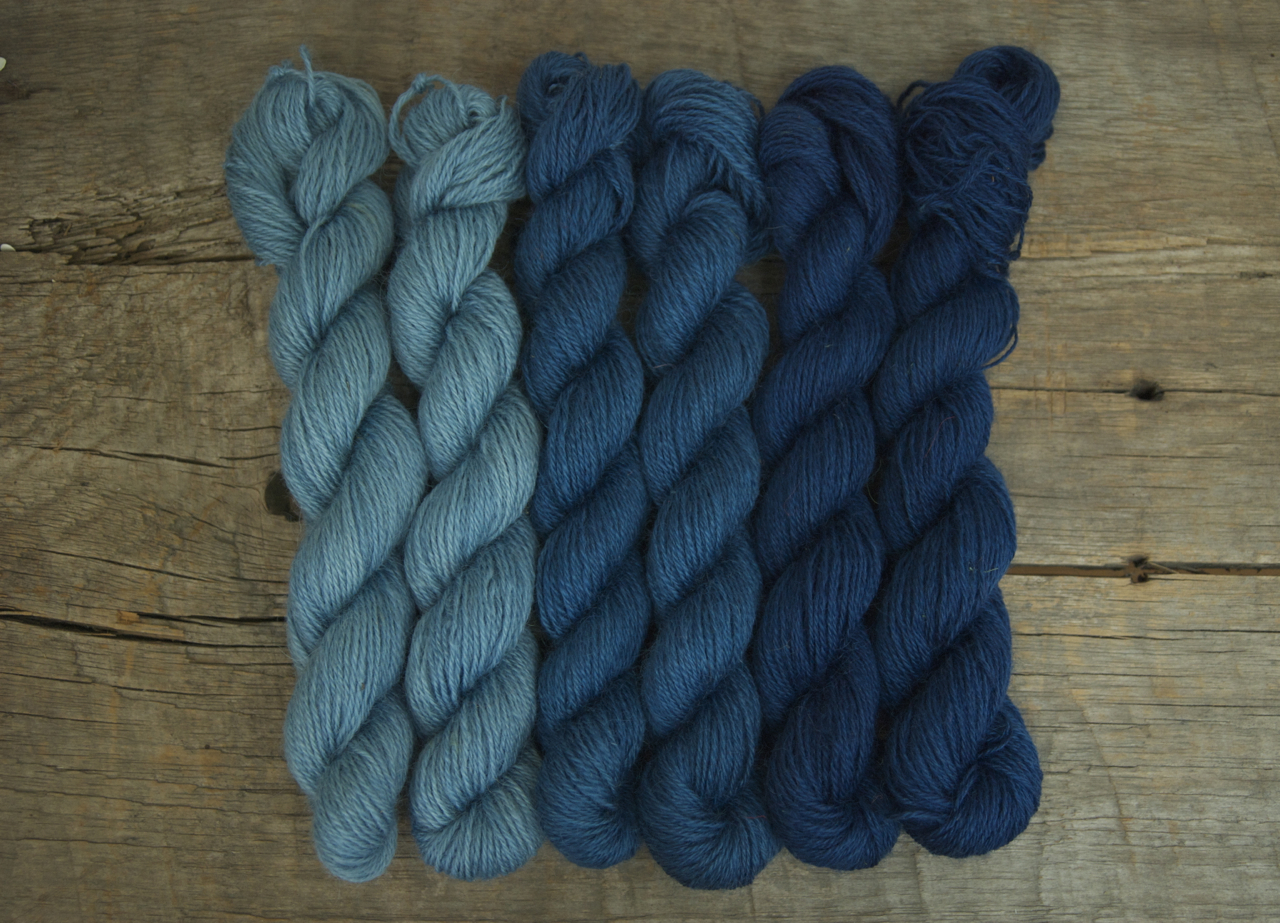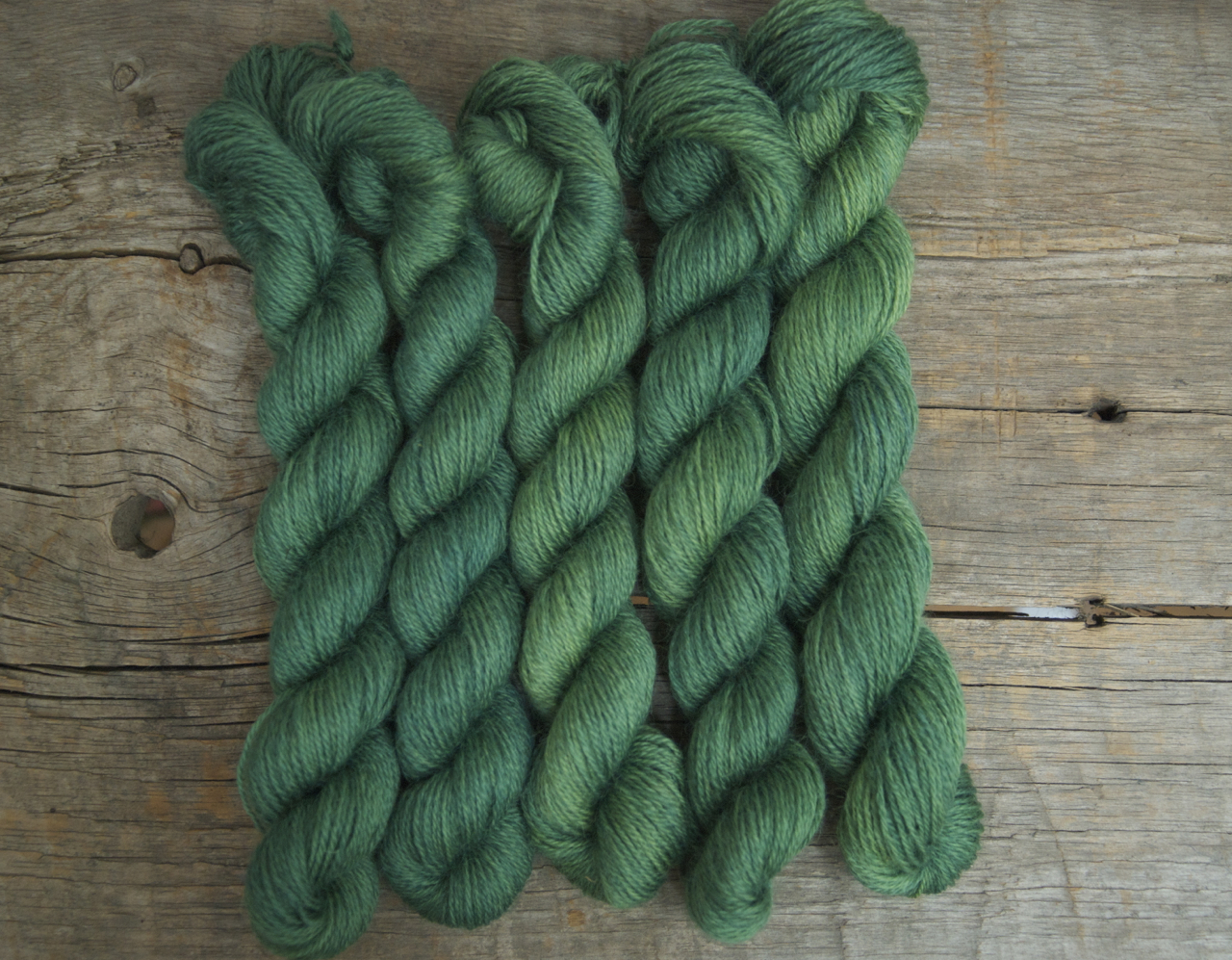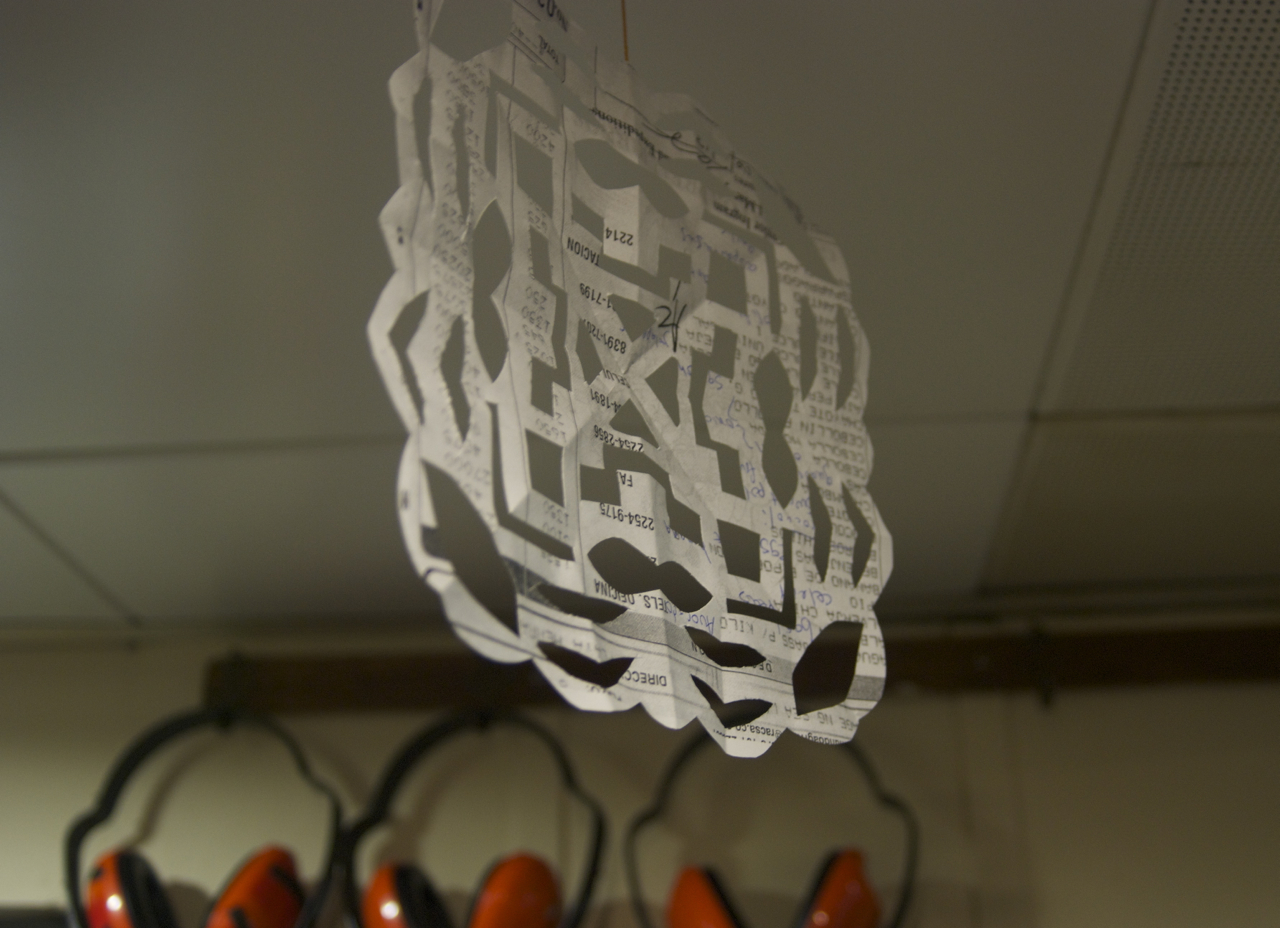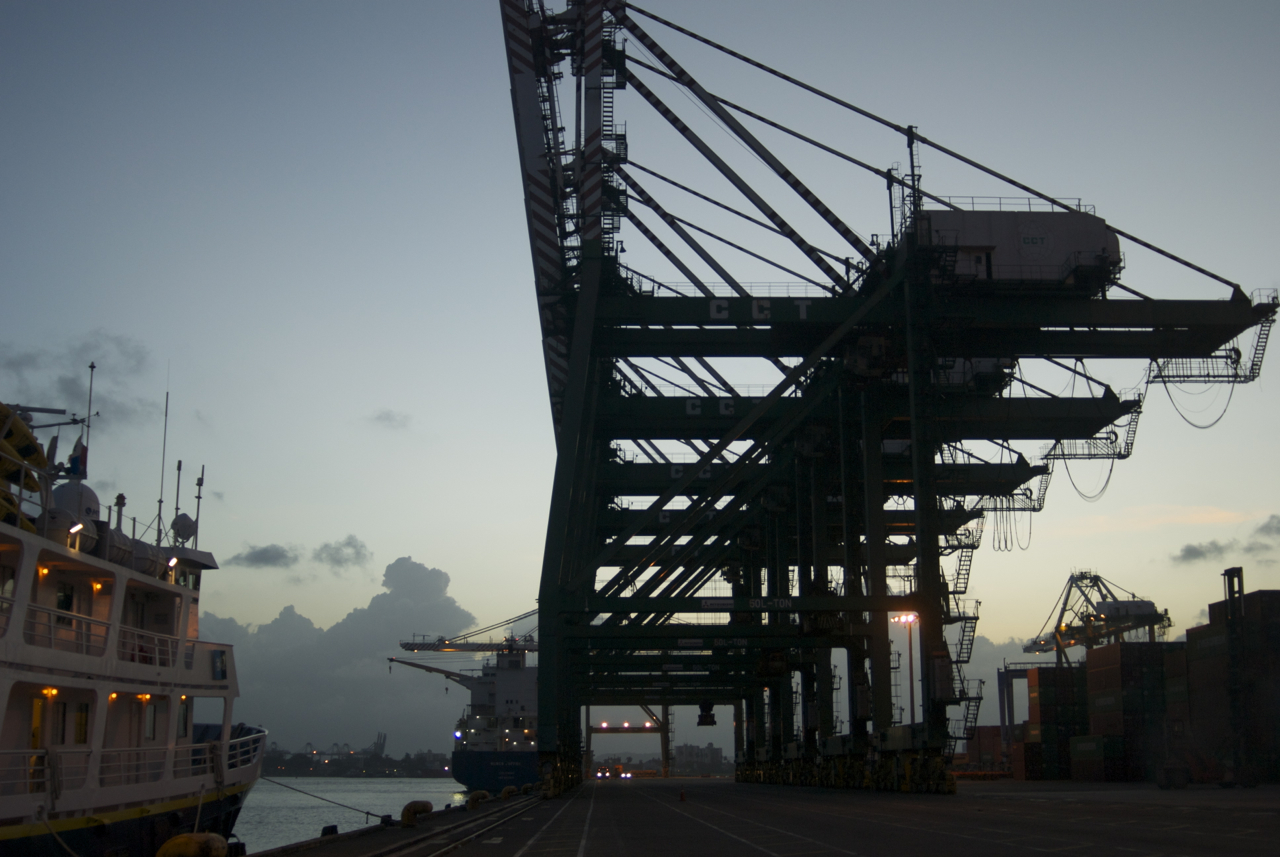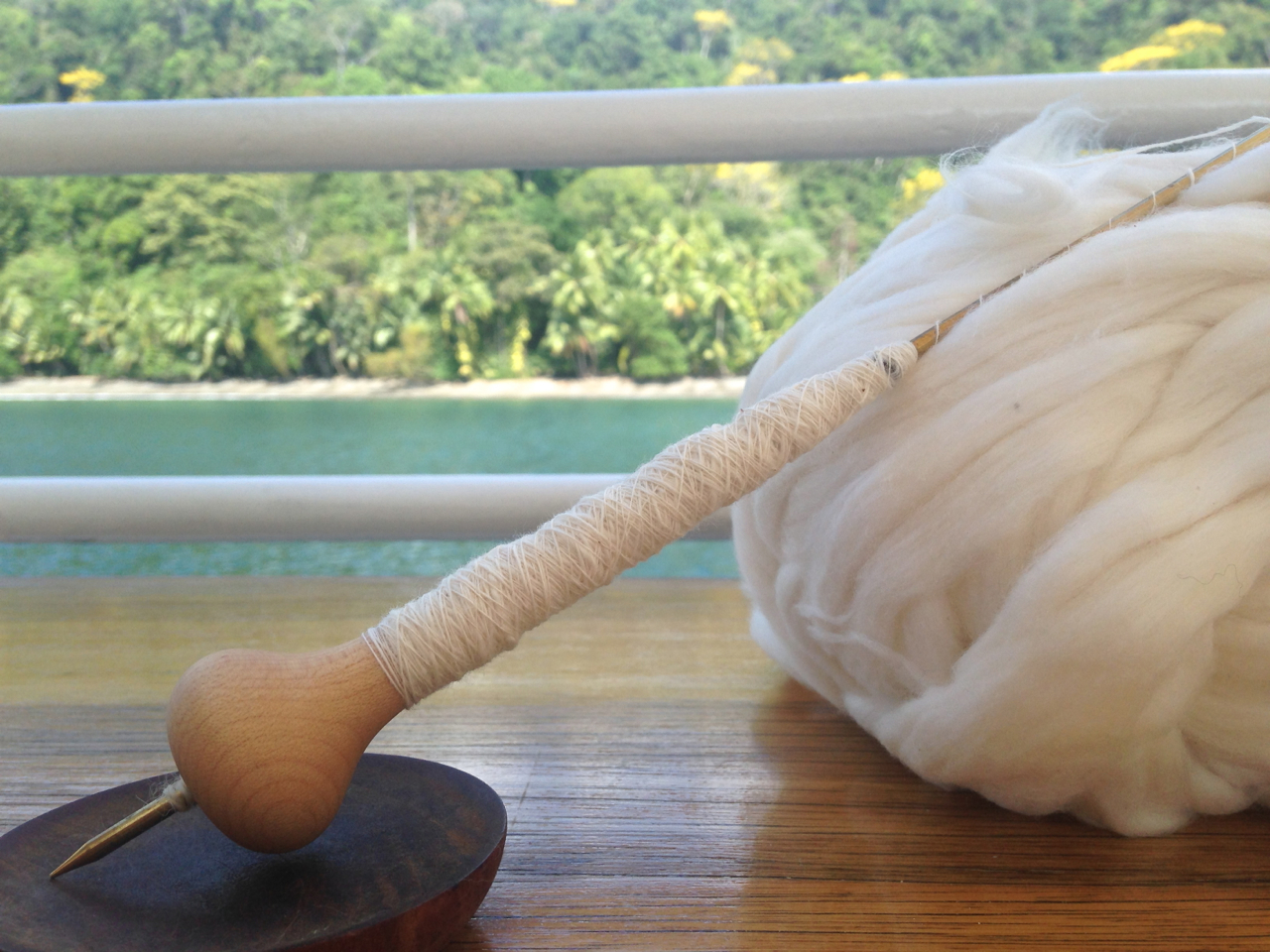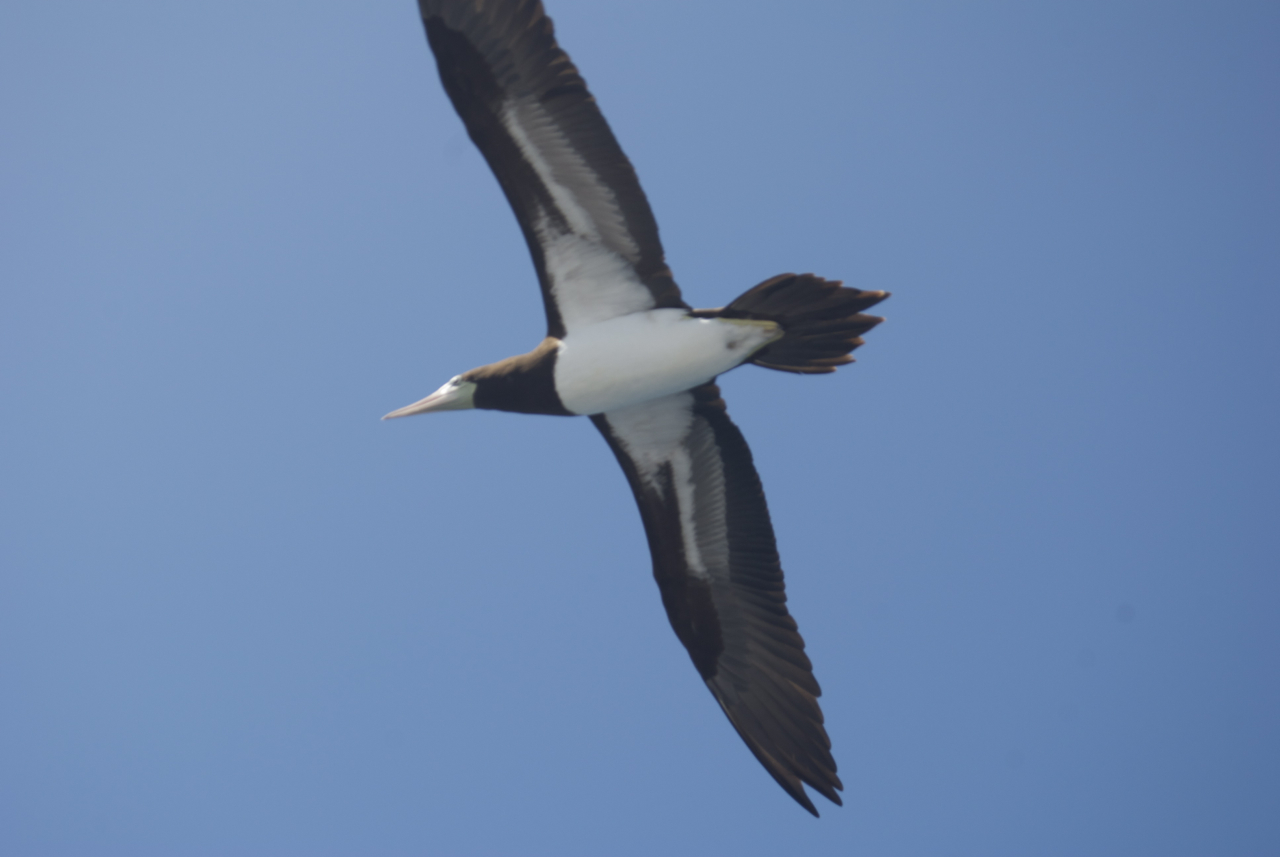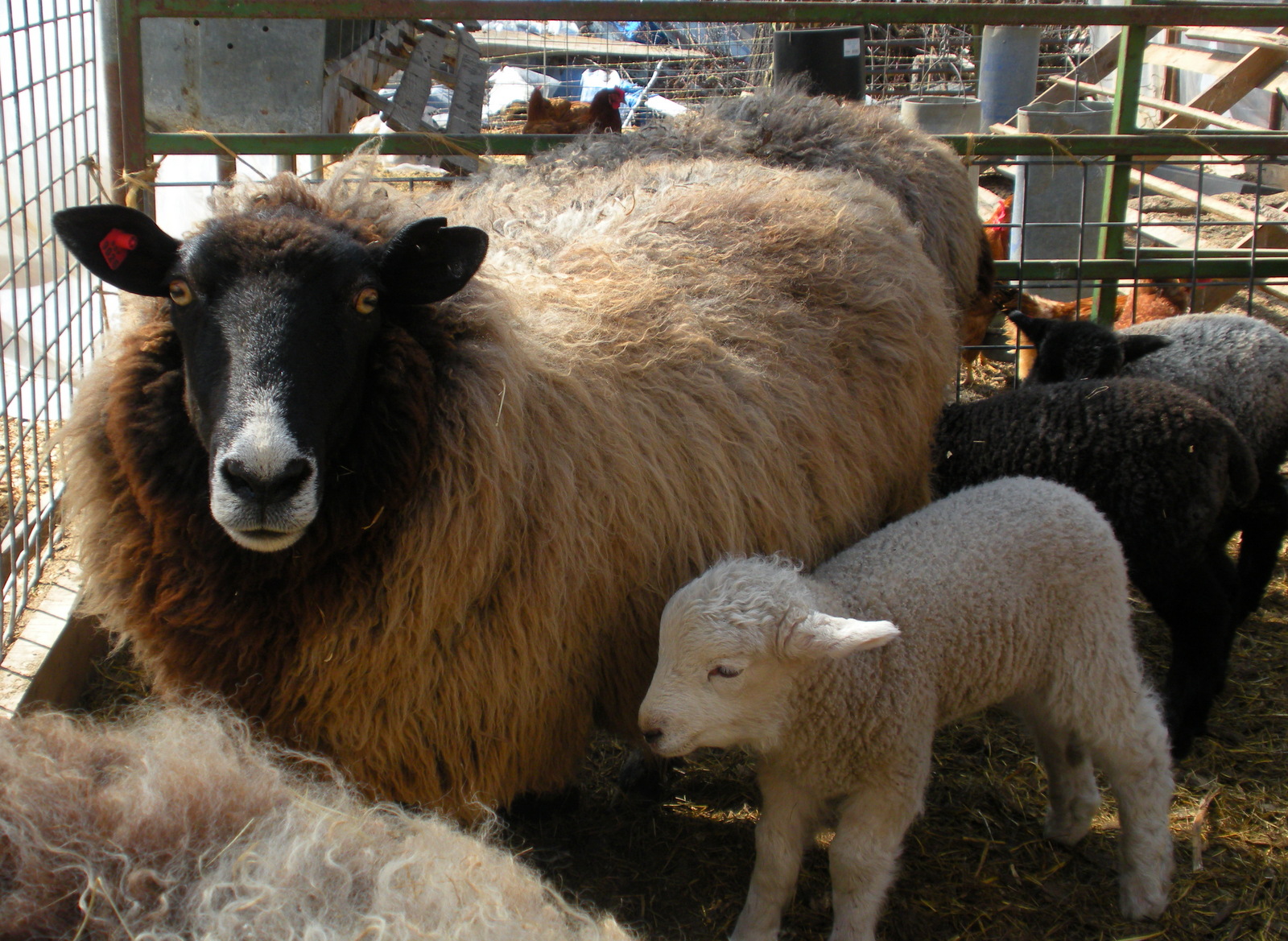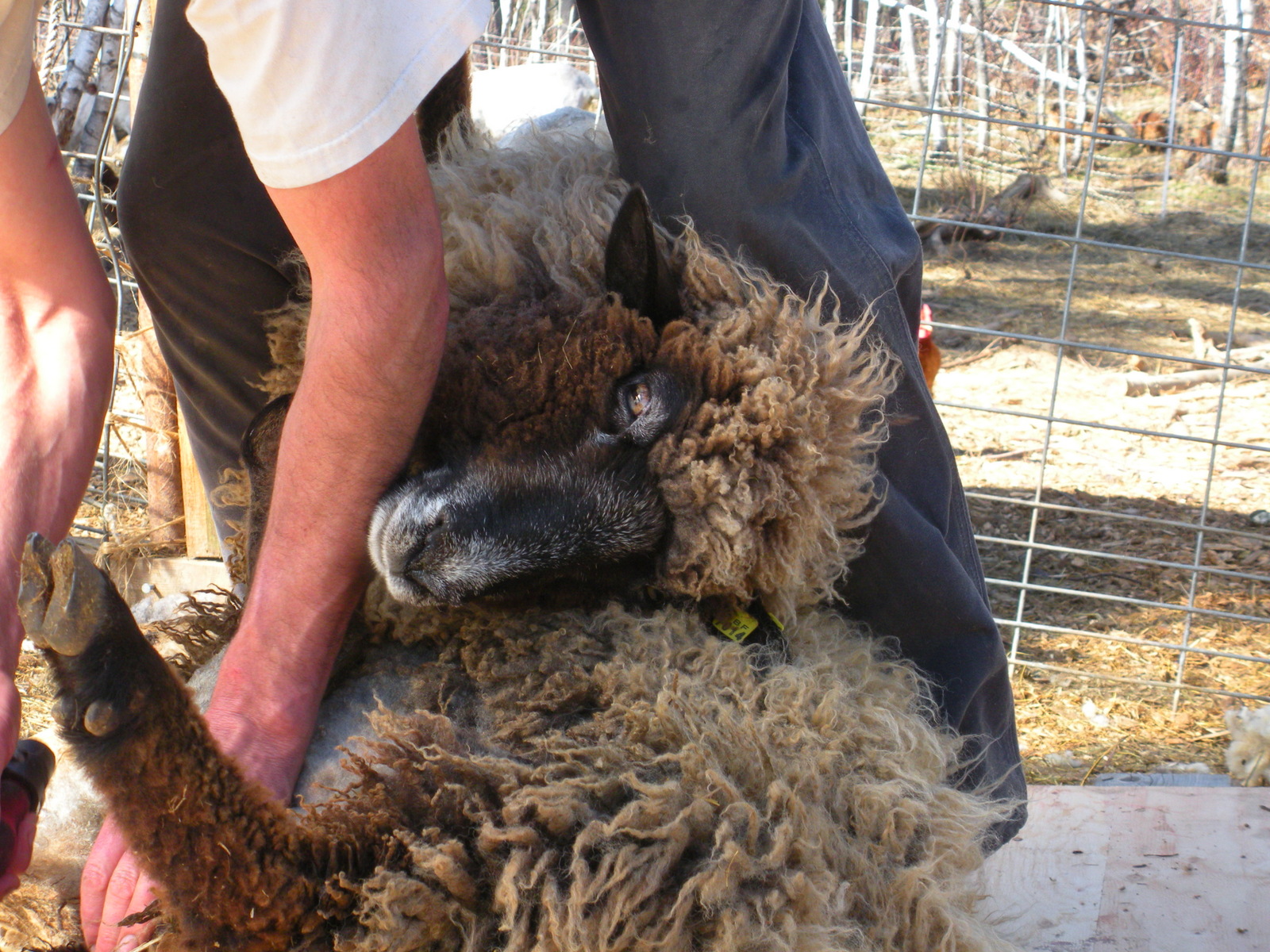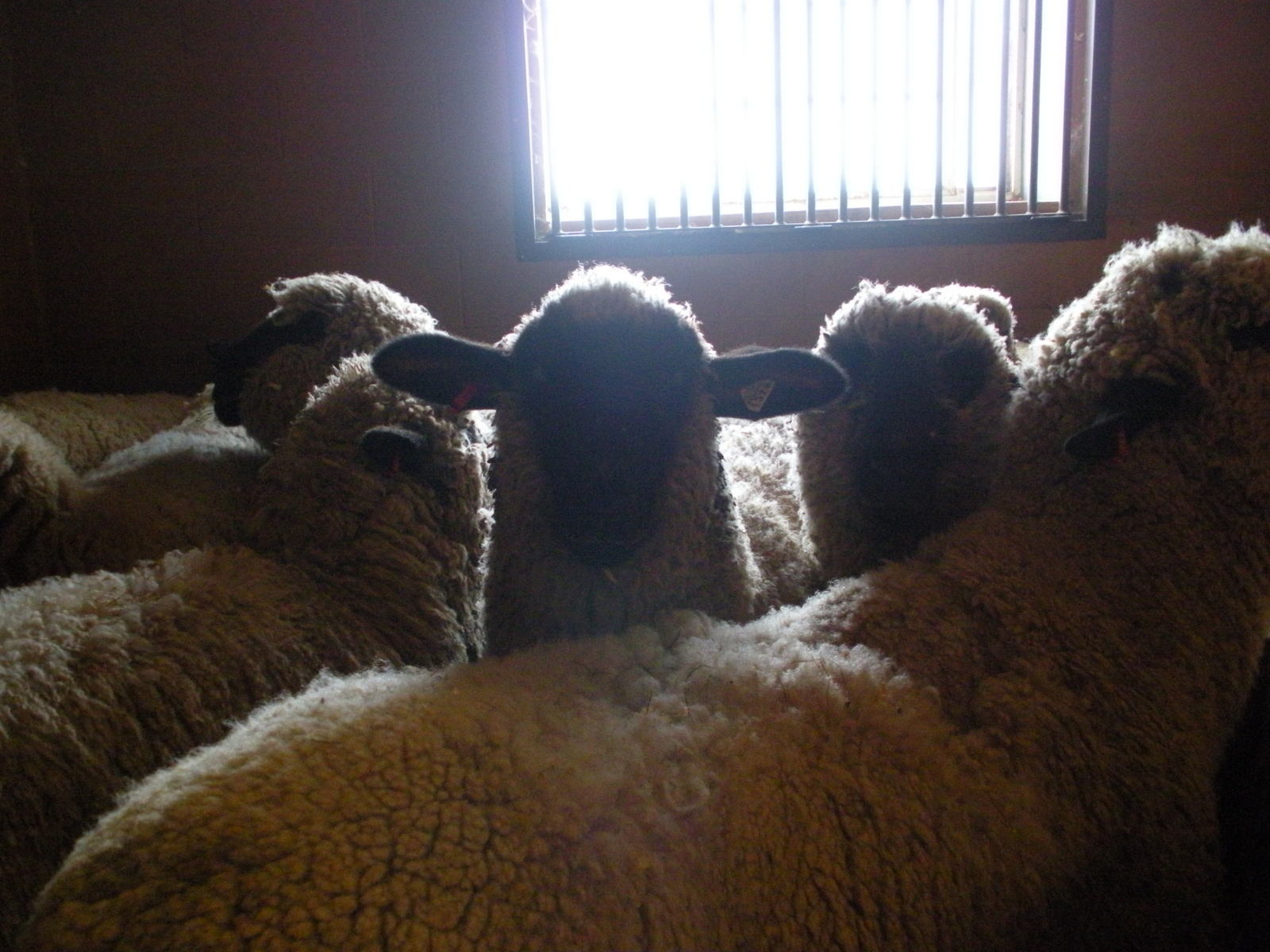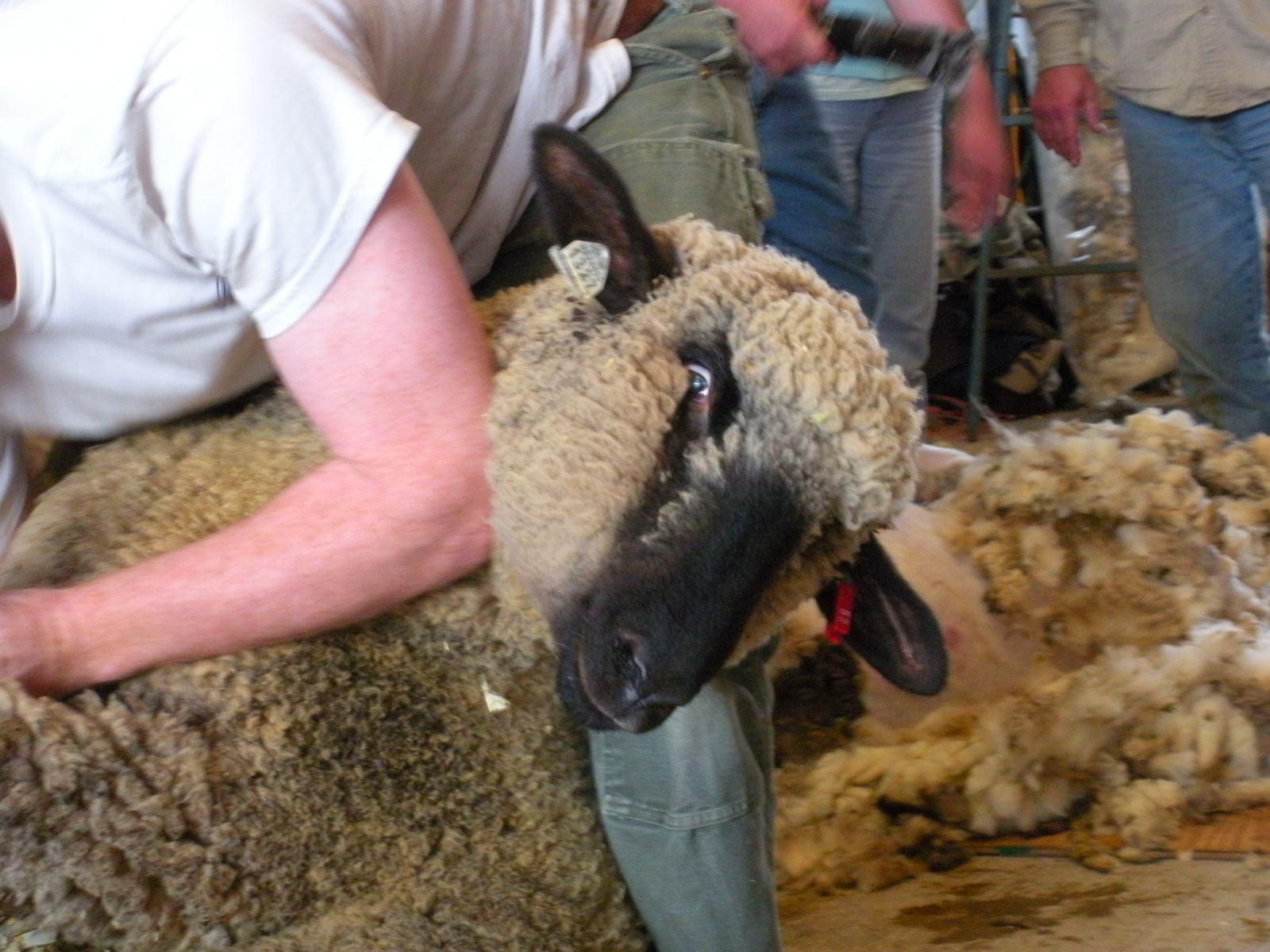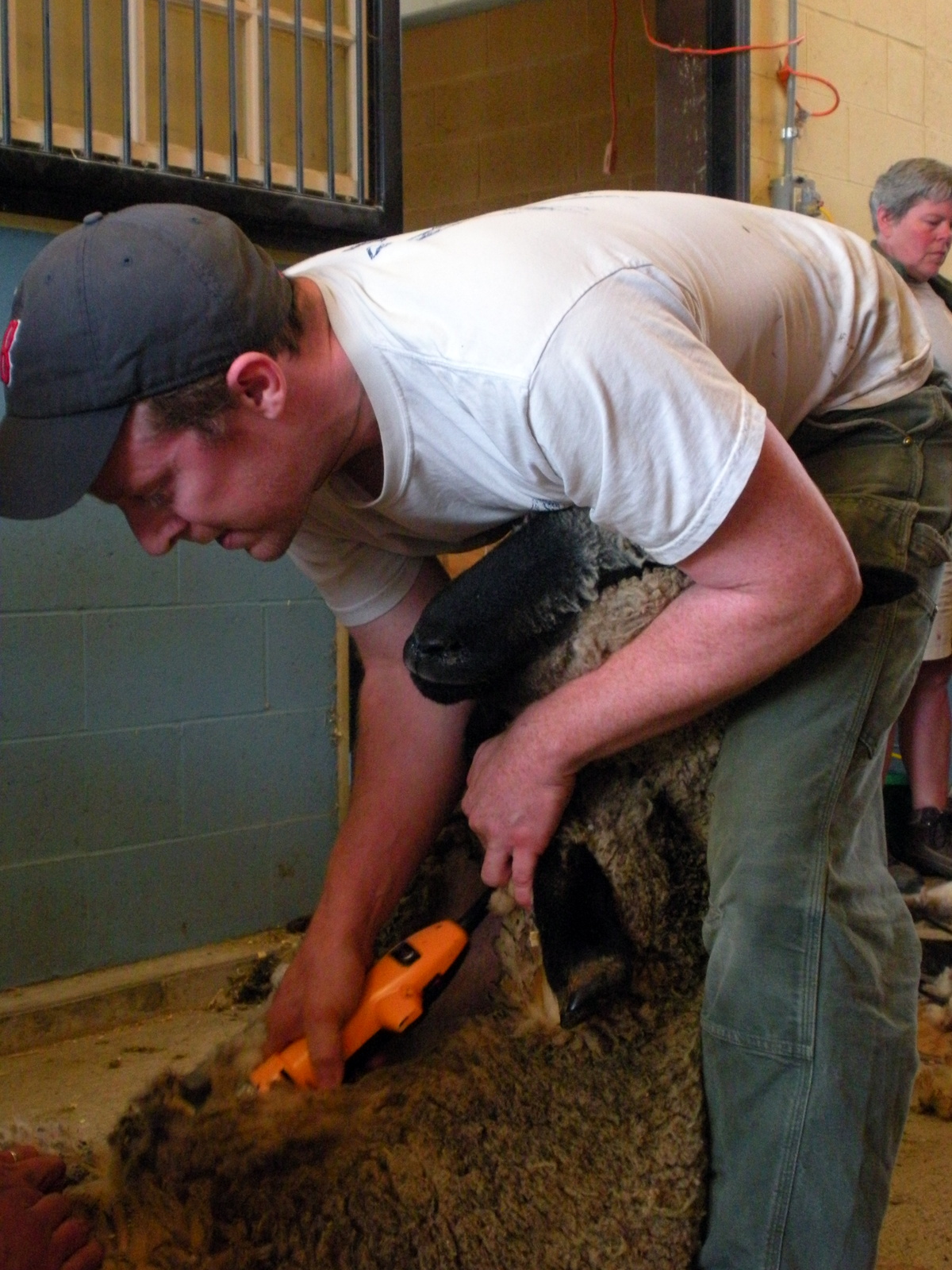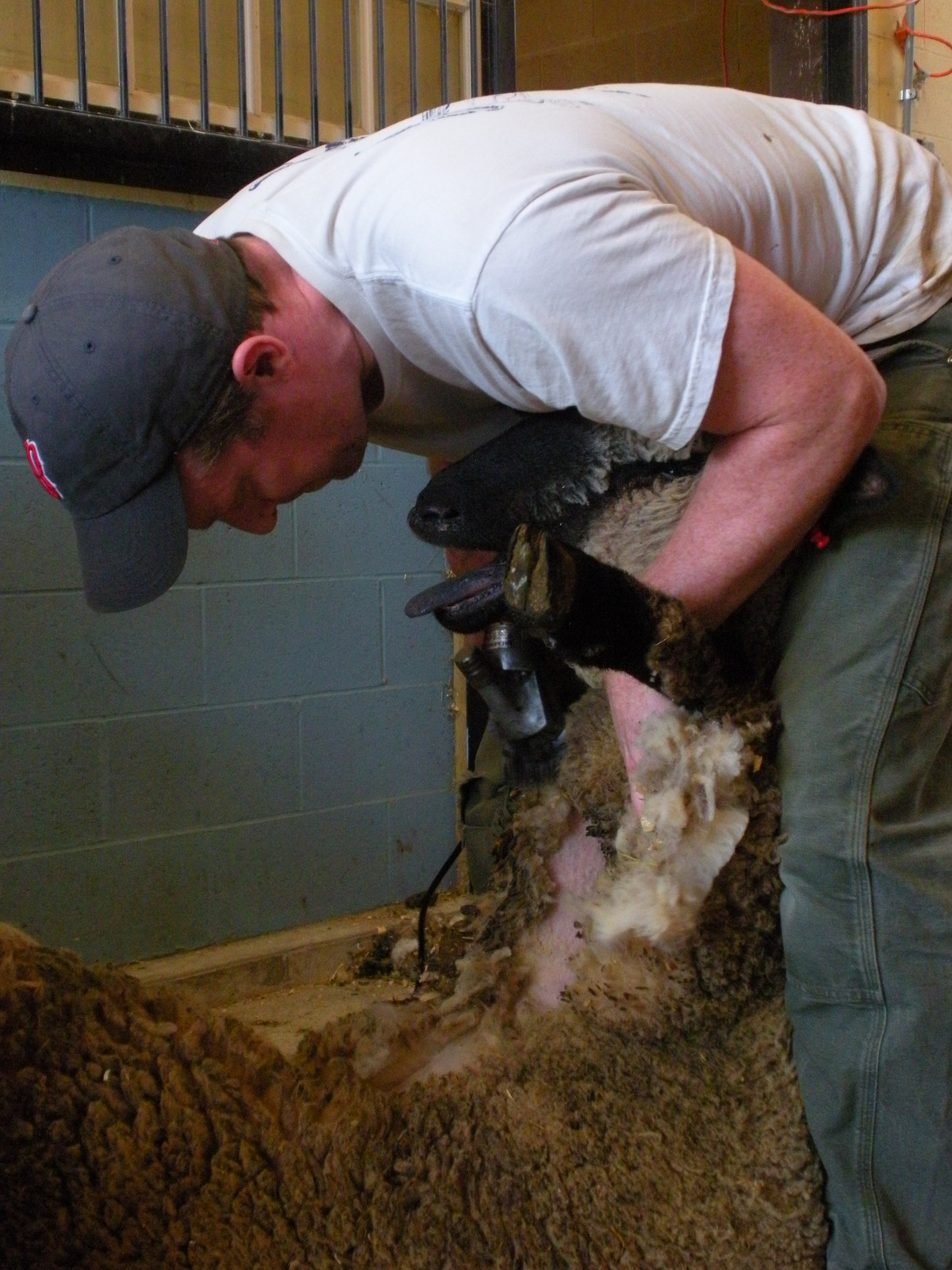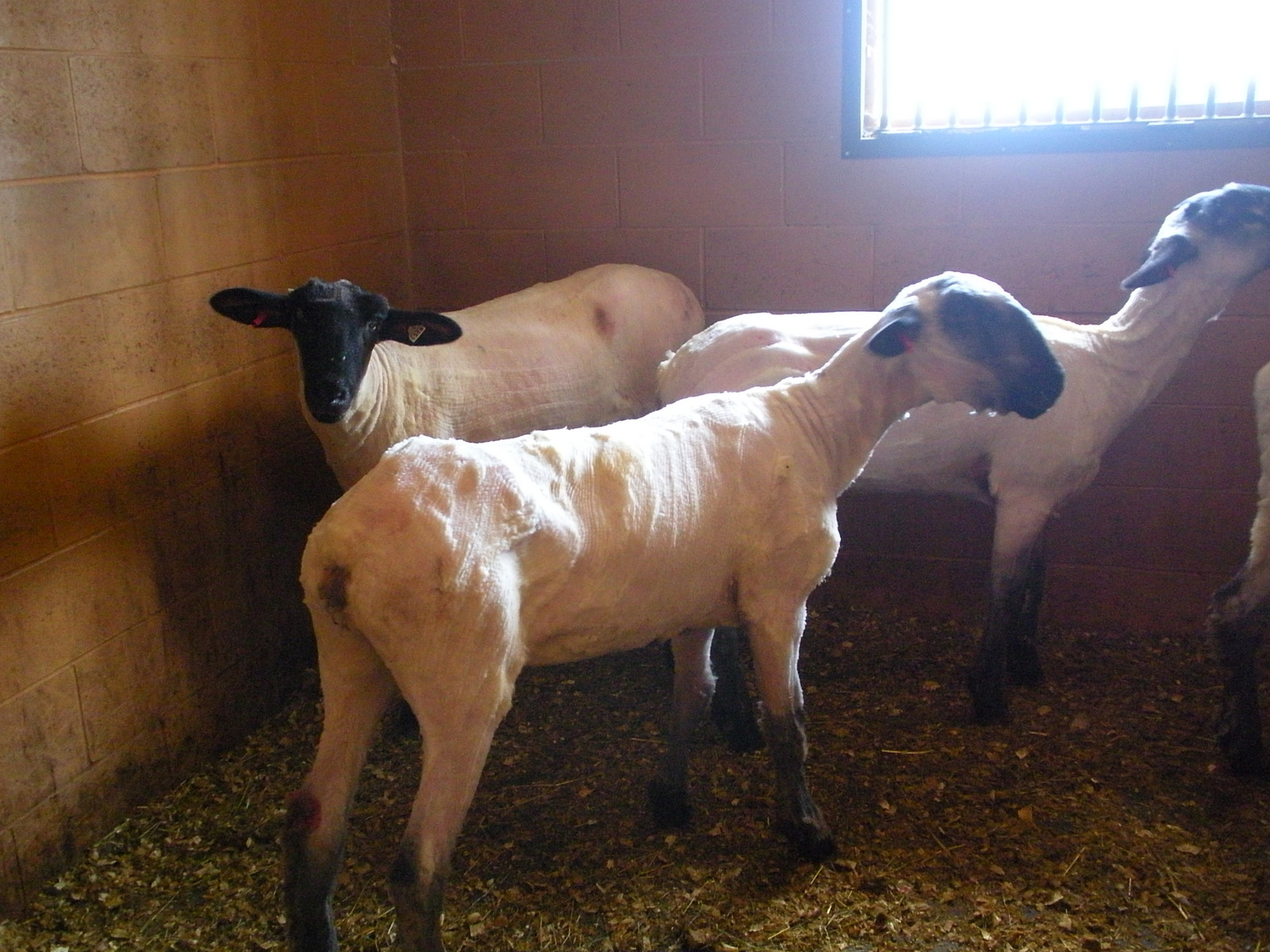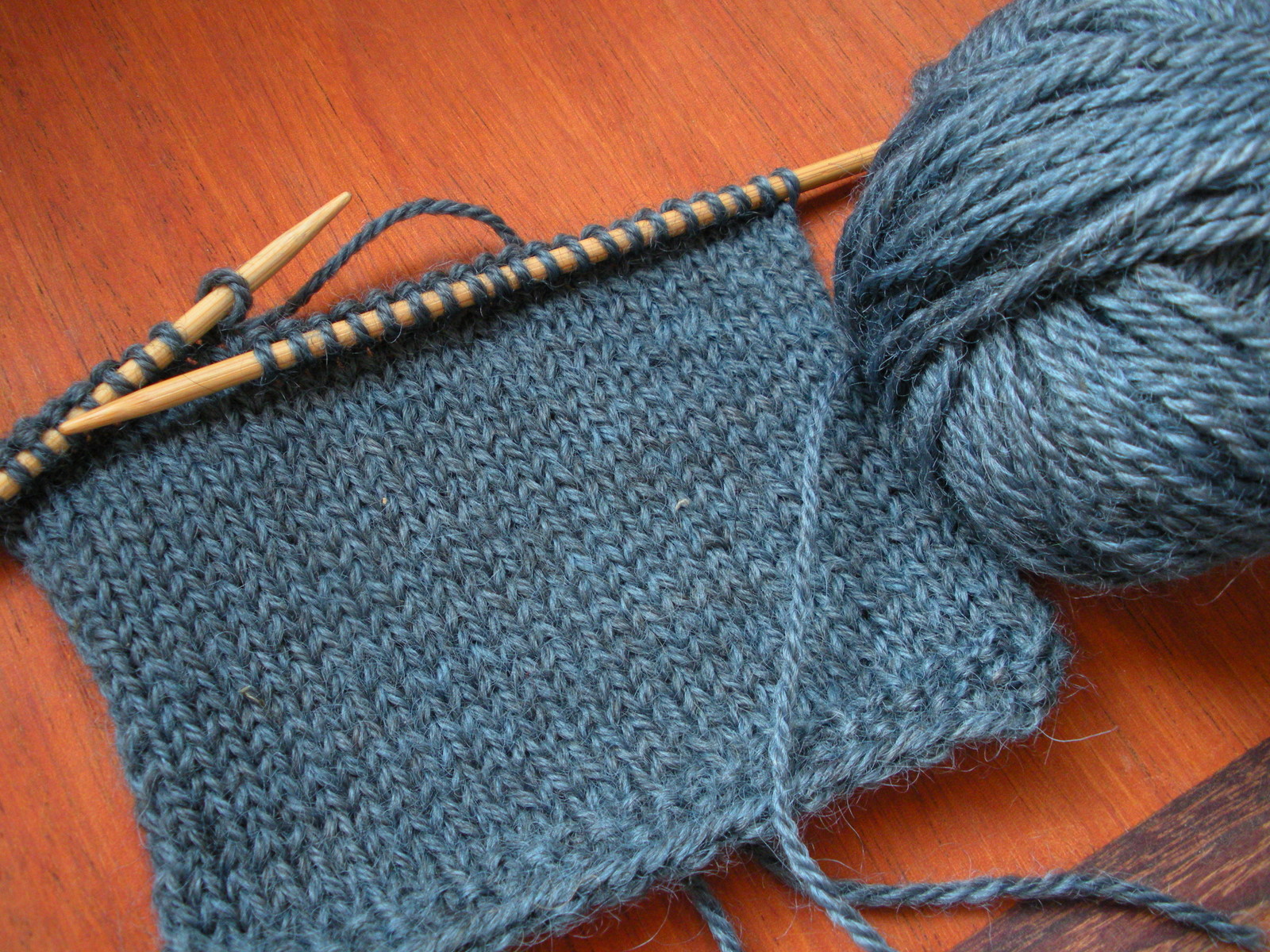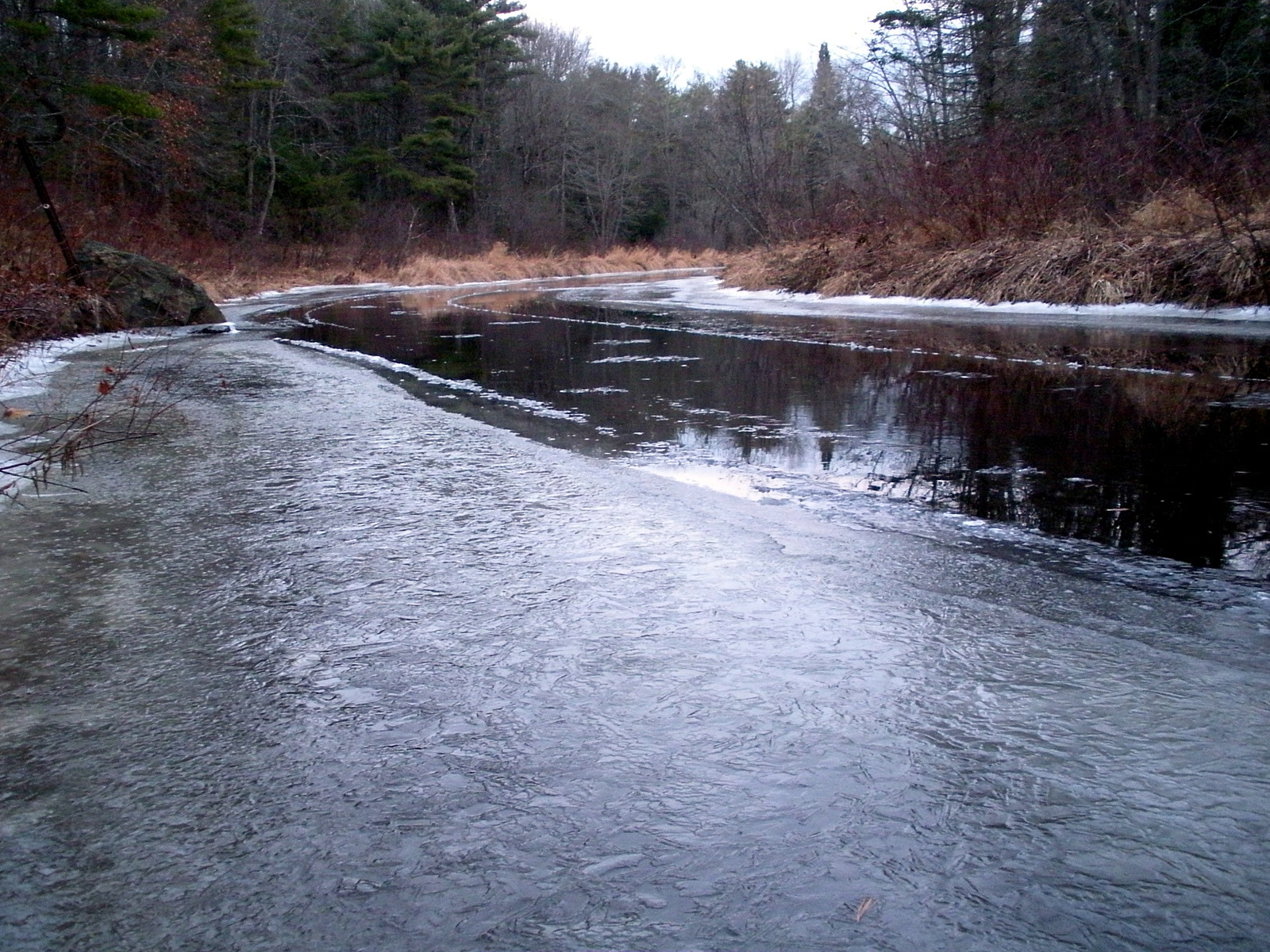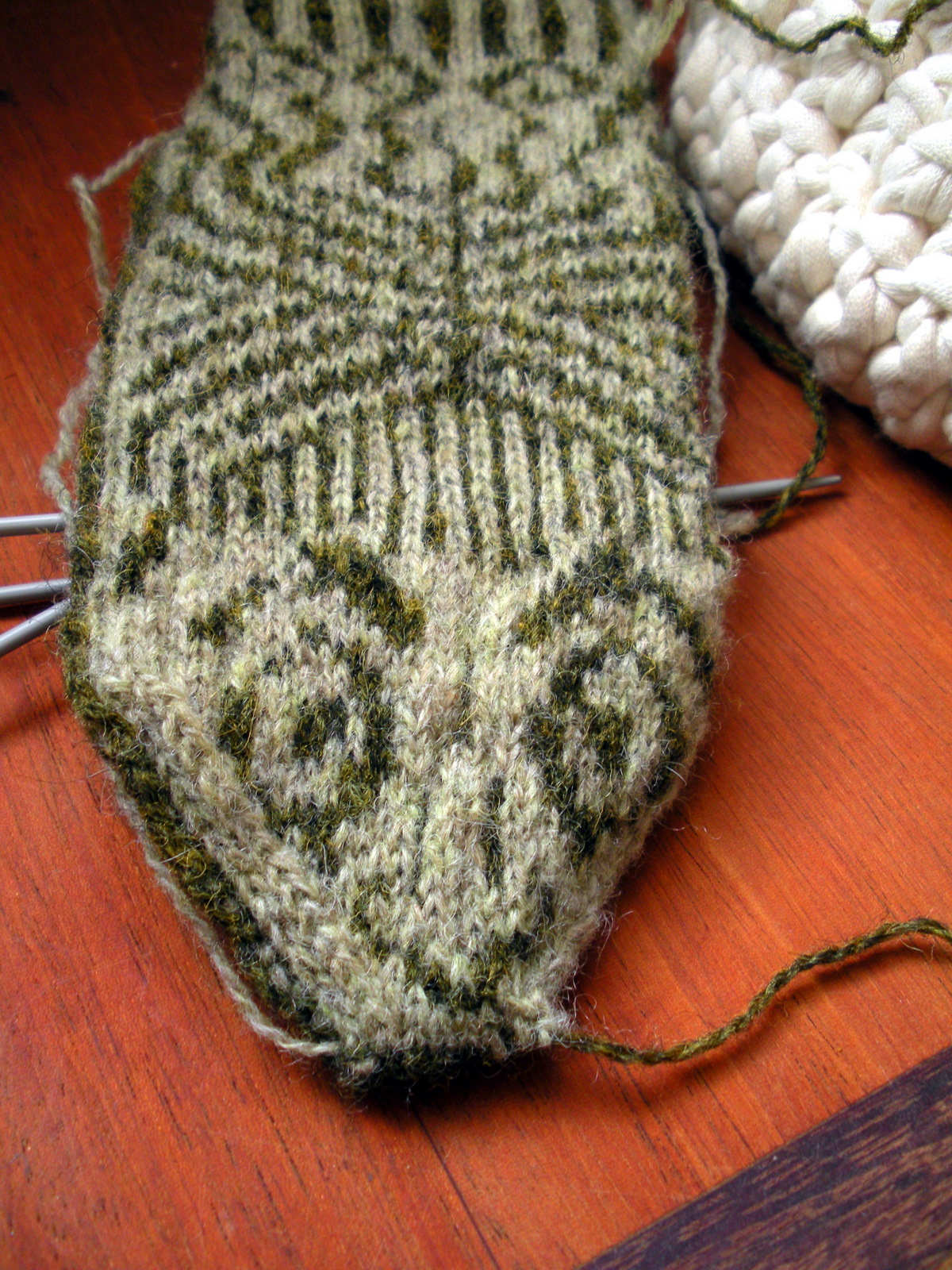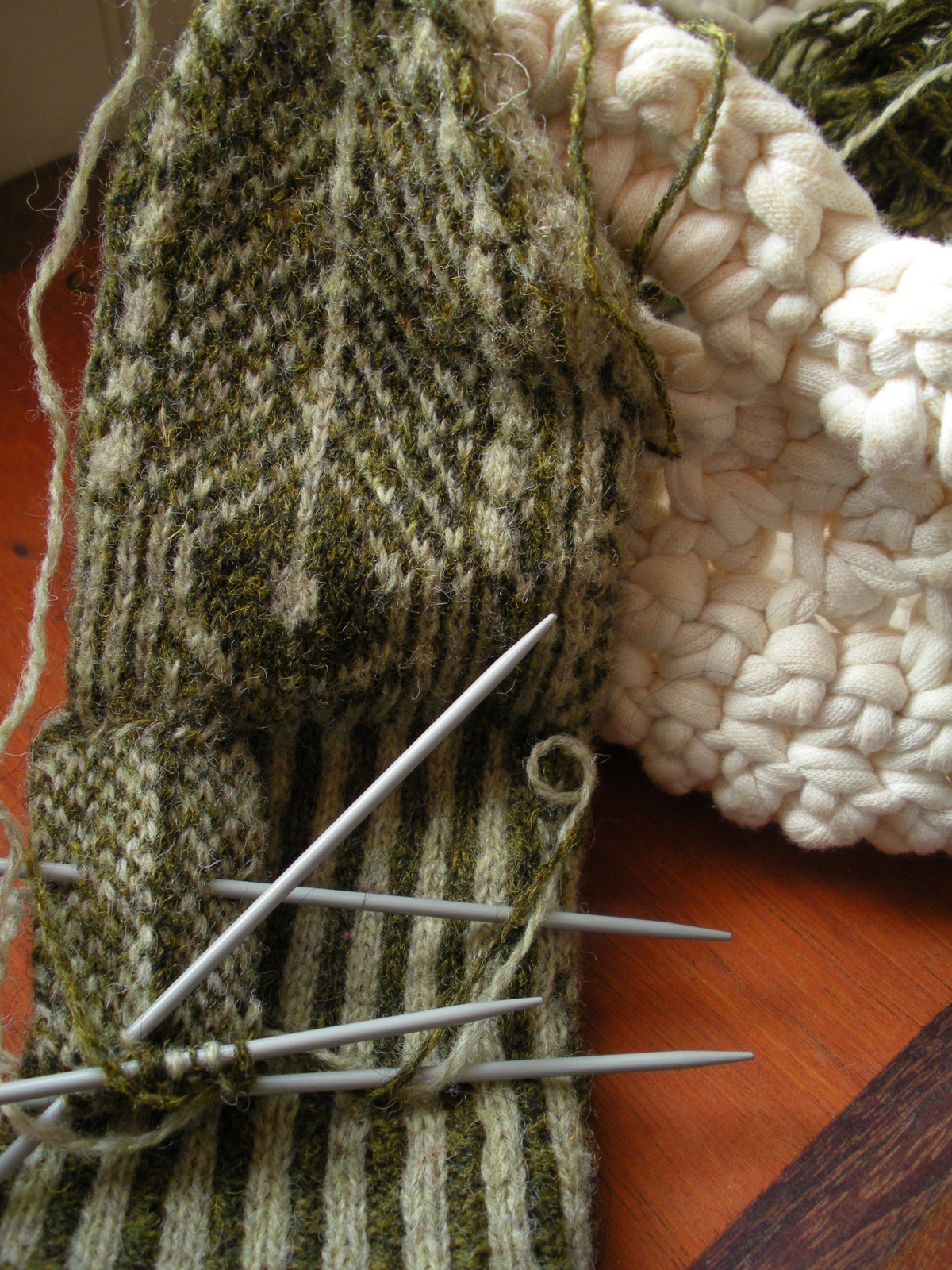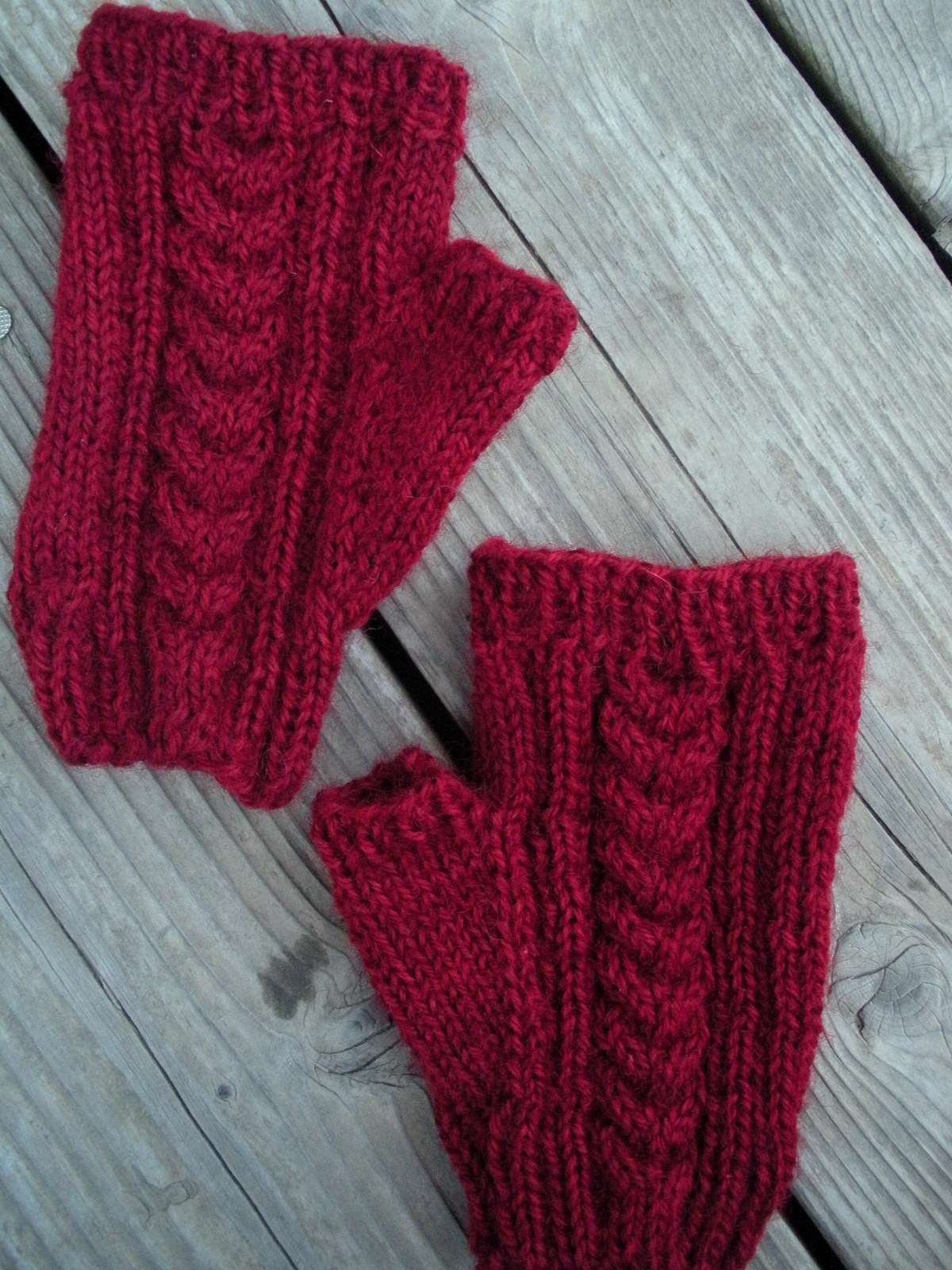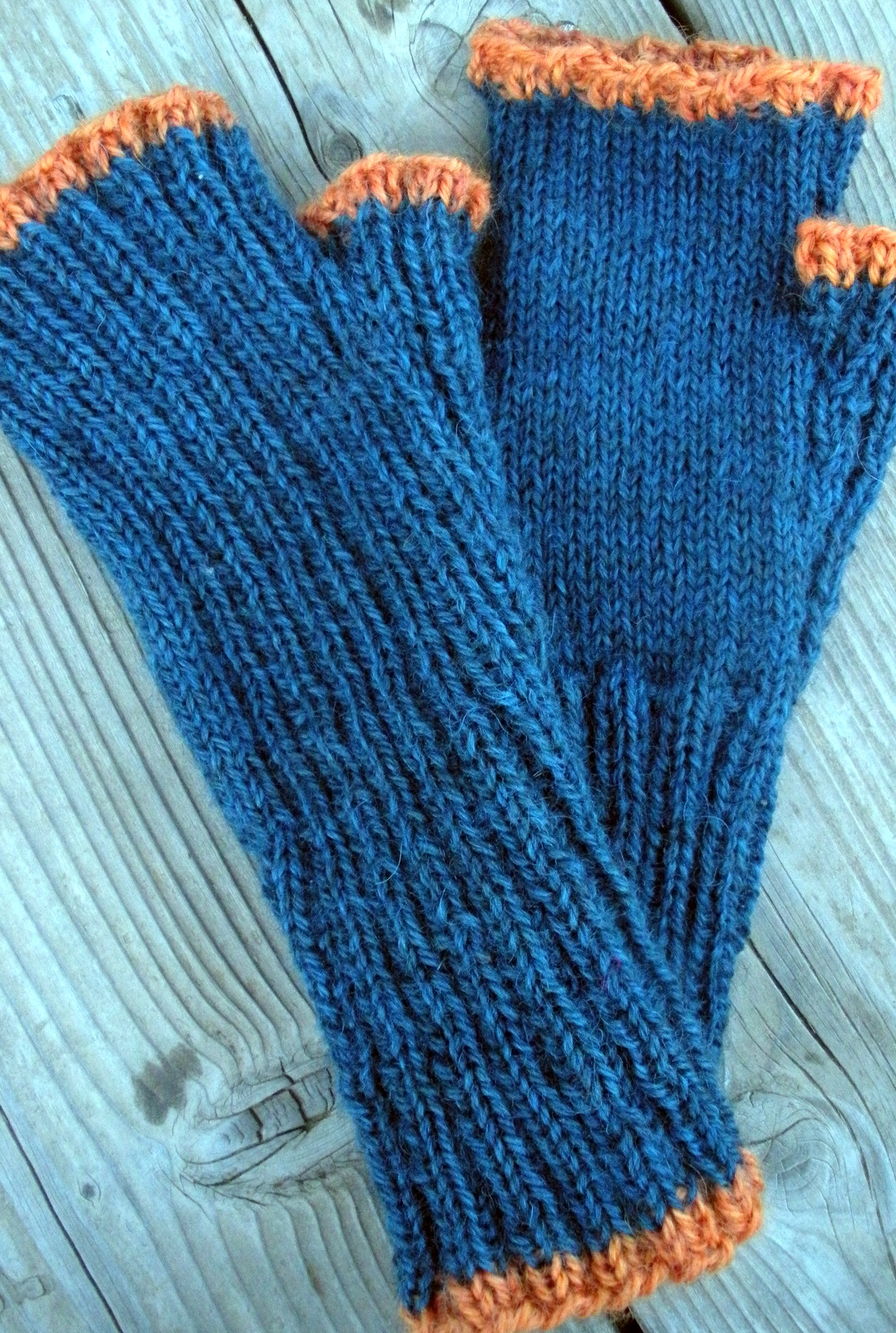I find myself somewhat reluctant to blog about the specifics of my day job. We have enough of a PR department that the office may well be watching, and as the bulk of my job involves fixing things that break, a list of my daily activities, when read from afar and without context, may well make it sound like the boat is in a constant state of breaking (which is sort of true, in the sense that to work on a boat is to be in a constant battle with entropy, but we are also a well maintained boat, and if something is not broken I do not generally get to interact with it, aside from an occasional quick to make sure that it is still not broken). But my day job is also a bit unusual, so absent the ability to upload all of the photos I have been taking of late, I thought that I might try to capture what a week out here is actually like.
Saturday was turn day in Colòn. Guests depart in the morning and controlled chaos ensues. Stores arrive, cabins are turned inside out to clean, decks are scrubbed down, I try to attend to engineering issues in that cannot be easily attended to with guests on board. Each of these activities gets in the way of other activities and generally all of this happens at once. On this particular Saturday my work-list included: fixing this dripping faucet in cabin 301, opening the collision compartment to check on the gear oil for the bow thruster (the annual oil change was done before I came back onboard, and we’re still working air out of the system, so the tank needs to be topped up from time to time) running the emergency generator to make sure that all was well with it, restarting the walk-in freezer after it had been secured by some refrigeration techs, helping to bunker lube oil and offload waste oil, and a number of other small projects that I have already forgotten. New guests were supposed to arrive starting at 1645, but this being Panama, none of them did up 1715, when they all arrived at once. We needed to be off the dock at 1800, but we were unable to start bunkering water under 1700 because the boat down the dock was using the hose, and then the valve on the dock could not be opened, and then there was a long conversation between the chief engineer and the guard on the dock and various tools were employed and it was decided that we probably had enough water on board already but it would be nice to top up the tank and because I wasn’t necessary to any part of this conversation I helped bring luggage to guest cabins. And then in very quick succession, the water was turned on, the tanks were topped up, the pilot arrived, potable water hoses were disconnected and stowed, I fired up the main engines and the forward generator for the bow thruster, the deck crew lifted the gangway and we were off. After that it was fairly quiet until we arrived at the first lock in the canal (Gatun Locks, heading south - because we all think of the canal as running east-west, but really because of the shape of Panama it runs more north-south). Our bow thruster is powered by our forward generator and can only be engaged or secured in the engine room (once it’s running it is controlled by a switch in the bridge). For various reasons it can’t be left to run too long, but we need it to get into the locks and then to move between locks, and so for me the canal involves standing by, waiting for the order to engage or secure the bow thruster. The second mate is a knitter, and was also spending our lock time standing by, so I decided that I could stand by just as well whilst knitting, and we had a lovely evening of knitting punctuated by quick dashes to the engine room (me) and answering the occasional operational question (her).
After we cleared the locks, and I was cleared from standby, I went about my normal evening routine of transferring fuel (we have a fuel centrifuge to clean the fuel before it goes into our day tank) running the Oily Water Separator, and attending to any small issues that cropped up, including a condensation drip in 304. The guests in 304 turned out to be from very nearby Portland, Maine, and as we chatted we discovered many other points of contact in common, so while I couldn’t fix the condensation drip that night (it involved taking down a ceiling panel) we had a really lovely visit.
There was nothing else terribly pressing that evening, so I knocked off a little early and made use of the exercise bike on the sundeck. By this point we were at anchor amongst a field of tankers and freighters and massive container ships, and as I peddled away in the still night air I pondered their contents and nationality and where they might be going and global trade generally, as one does. I failed to come to any conclusions on the subject, beyond the obvious wonder at how much stuff gets moved about the globe.
And that was Saturday.













































